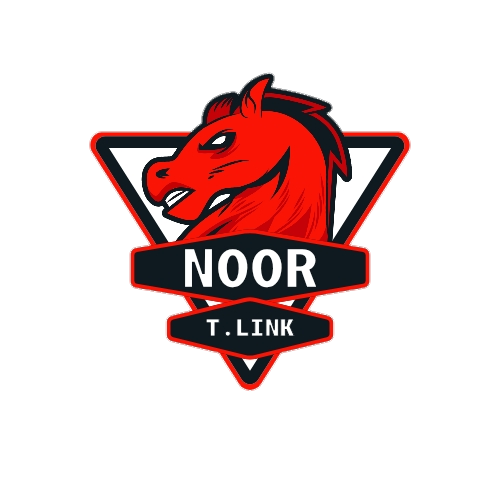In a significant development for the Web3 ecosystem, Renta Network has reportedly joined hands with SFT Protocol to strengthen the foundation of decentralized infrastructure and on-chain rental systems. The collaboration aims to address some of the most pressing challenges within the decentralized space, including data storage, content distribution, and computational demands, all while reinforcing core Web3 principles.
Renta Network, known for its peer-to-peer rental platform built entirely on-chain, publicly acknowledged the alliance through its official social media channels. Its newly formed partnership with SFT Protocol is seen as a strategic move, especially considering SFT’s specialized role in developing decentralized Web3 infrastructure.
Bridging Rental Models and Infrastructure Layers
The crux of this partnership lies in integrating Renta Network’s peer-to-peer rental capabilities with SFT Protocol’s multi-layered and decentralized infrastructure solutions. According to sources familiar with the development, SFT Protocol utilizes a “Chain of Chains” approach. This model is designed to aggregate the benefits of decentralized storage and content platforms such as Filecoin and IPFS. The goal is to enhance the scalability and reliability of data-related services in the blockchain domain.
By leveraging this infrastructure, Renta Network is expected to boost its ability to securely store and manage on-chain rental agreements, digital assets, and NFTs linked to physical or virtual properties. The enhanced storage functionality would allow Renta’s platform to scale more efficiently while maintaining high levels of data integrity and transparency.
The alliance also puts strong emphasis on improving user accessibility and platform performance. SFT Protocol’s computing layers and its decentralized content delivery network are expected to significantly enhance the global reach and speed of Renta Network’s operations. This is particularly vital for real-time rental transactions and managing digital assets at scale.
Shared Vision for Scalable Web3 Utility
Both Renta Network and SFT Protocol appear to share a unified vision when it comes to applying blockchain technology to real-world scenarios. Their partnership reportedly revolves around the shared values of privacy, decentralization, and scalability—principles often diluted in the centralized components of modern Web3 implementations.
🤝 Partnership: Renta Network x SFT Protocol 🌐
We’re joining forces with @SFTProtocol — the first fully decentralized Physical Infrastructure Network (DePIN DAO), building a “Chain of Chains” and redefining data storage and delivery in Web3.
Why It Matters:
🔗 We’re building… pic.twitter.com/rb7RJpu9V1— Renta Network (@RentaNetwork) April 21, 2025
As part of the integration, Renta Network will incorporate Decentralized Physical Infrastructure Networks (DePIN) features from SFT Protocol. This move is intended to elevate Renta’s platform into a more comprehensive and agile asset management ecosystem. The DePIN integration is anticipated to bring additional layers of automation and transparency, making rental processes more efficient and accessible to users globally.
Forging a Path Between the Physical and the Digital
The collaboration is being hailed as a pioneering effort to connect physical asset utility with blockchain-based frameworks. Observers believe that this alliance could set a new precedent for how decentralized platforms interact with tangible assets and infrastructure. It marks a move toward creating a seamless interface between the physical and digital worlds—one where on-chain functionality is not just limited to virtual assets but extends to everyday utility.
Industry analysts are viewing this partnership as a foundational step in the evolution of decentralized applications. By combining technical depth with real-world use cases, Renta Network and SFT Protocol are poised to reshape the rental economy and broaden the scope of blockchain’s practical relevance.
The partnership signals a future where decentralization is not merely a concept but a fully operational reality. As both platforms move toward deeper integration, they are expected to contribute significantly to the expanding frontier of decentralized technology.



